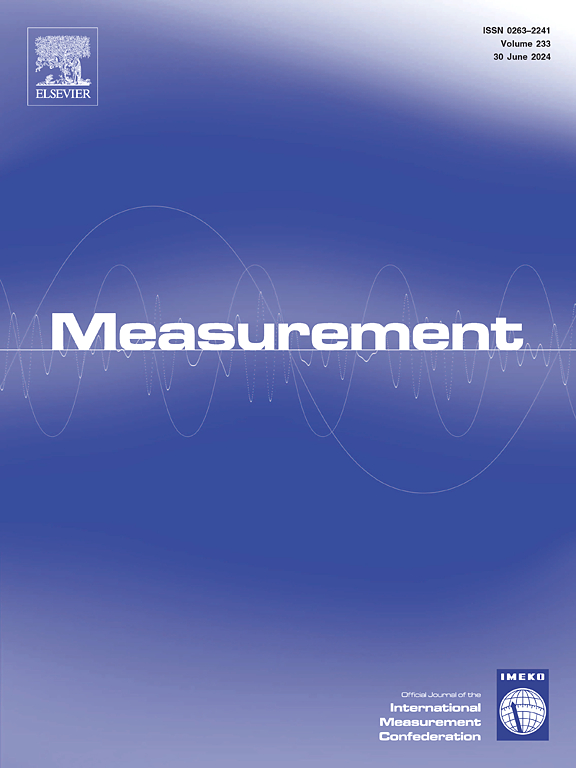Calibration method for event-based structured light systems using frequency information
IF 5.6
2区 工程技术
Q1 ENGINEERING, MULTIDISCIPLINARY
引用次数: 0
Abstract
Event-based structured light (ESL) systems combine the high temporal resolution and dynamic range of event cameras with the fast, low-latency projection of Digital Light Processing (DLP) projectors, offering significant potential for 3D reconstruction in challenging environments. However, both event cameras and DLP projectors do not directly output images, which poses challenges for the calibration of ESL systems and limits their application. This paper proposes a novel calibration method for ESL systems using frequency information, which relies solely on event stream data without requiring image output from the event camera. We first introduce a frequency-based reconstruction algorithm that uses DLP projectors to project strobe-stripe light fields and reconstructs stripe images by processing the event stream using frequency information. This method addresses the challenges of event camera imaging and establishes the mapping relationship between DLP and camera pixels. Next, we use pixel correlation to back-project the event camera’s “imaging map” onto the DLP image plane, solving the DLP imaging issue. Finally, we calibrate the ESL system using the “imaging maps” from both the event camera and DLP. Experimental results show that our method achieves subpixel-level accuracy of 0.078 and 0.069 pixels in calibrating ESL system and event camera, respectively. Moreover, the ESL system calibrated by our method demonstrates a low root mean square error of 0.223 mm in 3D reconstruction at a distance of 0.5 meters, validating the accuracy of the proposed calibration technique.
基于频率信息的事件结构光系统校准方法
基于事件的结构光(ESL)系统将事件相机的高时间分辨率和动态范围与数字光处理(DLP)投影仪的快速、低延迟投影相结合,为在具有挑战性的环境中进行3D重建提供了巨大的潜力。然而,事件摄像机和DLP投影仪都不直接输出图像,这给ESL系统的校准带来了挑战,并限制了它们的应用。本文提出了一种新的基于频率信息的ESL系统标定方法,该方法仅依赖于事件流数据,而不需要事件相机输出图像。我们首先介绍了一种基于频率的重建算法,该算法使用DLP投影仪投影频闪条纹光场,并通过使用频率信息处理事件流来重建条纹图像。该方法解决了事件相机成像的难题,建立了DLP与相机像素之间的映射关系。接下来,我们利用像素相关性将事件相机的“成像图”反向投影到DLP图像平面上,解决了DLP成像问题。最后,我们使用来自事件相机和DLP的“成像地图”校准ESL系统。实验结果表明,该方法在校正ESL系统和事件相机时分别达到了0.078和0.069像素的亚像素级精度。此外,通过该方法校准的ESL系统在0.5米距离的三维重建中显示出较低的均方根误差为0.223 mm,验证了所提出的校准技术的准确性。
本文章由计算机程序翻译,如有差异,请以英文原文为准。
求助全文
约1分钟内获得全文
求助全文
来源期刊

Measurement
工程技术-工程:综合
CiteScore
10.20
自引率
12.50%
发文量
1589
审稿时长
12.1 months
期刊介绍:
Contributions are invited on novel achievements in all fields of measurement and instrumentation science and technology. Authors are encouraged to submit novel material, whose ultimate goal is an advancement in the state of the art of: measurement and metrology fundamentals, sensors, measurement instruments, measurement and estimation techniques, measurement data processing and fusion algorithms, evaluation procedures and methodologies for plants and industrial processes, performance analysis of systems, processes and algorithms, mathematical models for measurement-oriented purposes, distributed measurement systems in a connected world.
 求助内容:
求助内容: 应助结果提醒方式:
应助结果提醒方式:


